-

4-Methoxy-2,3-dihydro-1H-inden-1-amine hydrochloride CAS:41566-80-7
4-Methoxy-2,3-dihydro-1H-inden-1-amine hydrochloride is a chemical compound with the molecular formula C10H14ClNO. It features an indane ring system substituted with a methoxy group and an amine functionality at the 1-position, forming a stable hydrochloride salt. This compound is utilized in organic synthesis, medicinal chemistry, and neuroscience research due to its unique structure and potential pharmacological applications. The presence of the hydrochloride moiety enhances solubility and facilitates its use in various experimental settings.
-
![5-bromo-3-iodo-1H-pyrazolo[3,4-c]pyridine CAS:1357947-08-0](https://cdn.globalso.com/xindaobiotech/8NS8DBIRAVXN0VCLT115.png)
5-bromo-3-iodo-1H-pyrazolo[3,4-c]pyridine CAS:1357947-08-0
5-Bromo-3-iodo-1H-pyrazolo[3,4-c]pyridine is a chemical compound with the molecular formula C7H4BrIN4. It belongs to the pyrazolo[3,4-c]pyridine family and contains bromine and iodine atoms at the 5 and 3 positions, respectively, on the pyrazolo ring. This compound is known for its unique heterocyclic structure, which imparts specific chemical and physical properties, making it valuable in organic synthesis and medicinal chemistry. The bromine and iodine substituents enhance its reactivity and enable the synthesis of complex molecules with potential applications in pharmaceuticals, agrochemicals, or materials science.
-
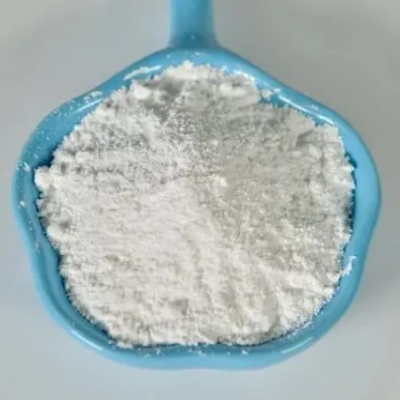
(S)-2-(4-benzylpiperazin-2-yl)ethanol CAS:477220-33-0
(S)-2-(4-benzylpiperazin-2-yl)ethanol is a chemical compound with the molecular formula C17H24N2O. It consists of an ethanol moiety substituted with a benzylpiperazine group at the 2-position, forming a chiral molecule with potential pharmaceutical applications. The stereochemistry of this compound imparts specific biological activities and interactions due to the arrangement of atoms around the stereocenter. This chiral form plays a crucial role in determining the compound’s pharmacological properties, receptor affinity, and therapeutic potential in drug development and medicinal chemistry.
-
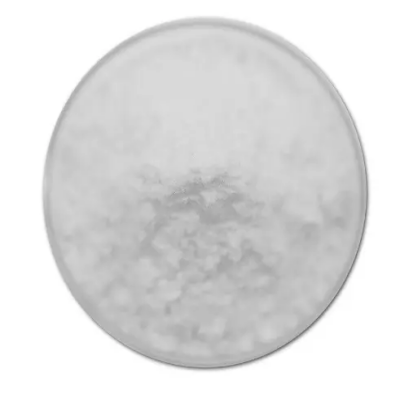
(2R,4S)-4-Amino-2-methyl-pyrrolidine-1-carboxylic acid tert-butyl ester CAS:348165-60-6
(2R,4S)-4-Amino-2-methyl-pyrrolidine-1-carboxylic acid tert-butyl ester is a chemical compound with the molecular formula C11H22N2O2. It consists of a pyrrolidine ring with a tert-butyl ester group attached to the carboxylic acid moiety and an amino group at the 4-position. This compound is utilized in organic synthesis, pharmaceutical research, and peptide chemistry due to its stereochemical configuration and potential applications. Its unique structure makes it a valuable intermediate for creating chiral compounds and peptide derivatives with diverse biological activities.
-

(2-amino-6-bromophenyl)methanol CAS:861106-92-5
(2-amino-6-bromophenyl)methanol is a chemical compound with the molecular formula C7H8BrNO. It consists of a phenyl ring substituted with an amino group at the 2-position, a bromine atom at the 6-position, and a hydroxymethyl group attached to the phenyl ring. This compound is utilized in various chemical reactions and synthetic pathways owing to its unique structure and functional groups. Its reactivity and versatility make it a valuable intermediate for producing diverse organic compounds with potential applications in pharmaceuticals, agrochemicals, and materials science.
-
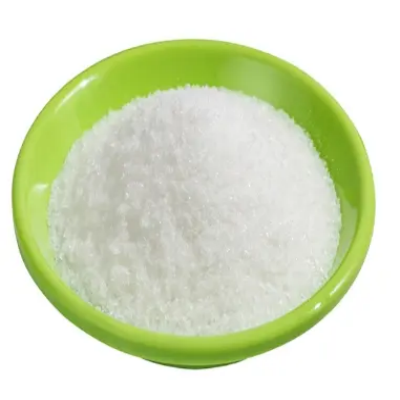
(R)-2-(4-benzylpiperazin-2-yl)ethanol CAS:857334-79-3
(R)-2-(4-benzylpiperazin-2-yl)ethanol is a chemical compound with the molecular formula C17H24N2O. It comprises an ethanol moiety substituted with a benzylpiperazine group at the 2-position, forming a chiral molecule with potential pharmaceutical applications. This compound is utilized in medicinal chemistry, drug development, and neuroscience research due to its unique structure and biological activities. The presence of the chiral center allows for the synthesis of enantiomerically pure compounds, making it valuable for creating pharmacologically active agents with enhanced selectivity and reduced side effects.
-

1-(1H-indazol-4-yl)ethanone CAS:1159511-21-3
1-(1H-indazol-4-yl)ethanone is a chemical compound with the molecular formula C10H9NO. It belongs to the indazole class of compounds and features an indazole ring fused to an ethanone group. This compound is commonly used in organic synthesis and pharmaceutical research due to its unique structure and potential biological activities. With its diverse applications, 1-(1H-indazol-4-yl)ethanone serves as a valuable building block for developing new molecules with desired properties.
-
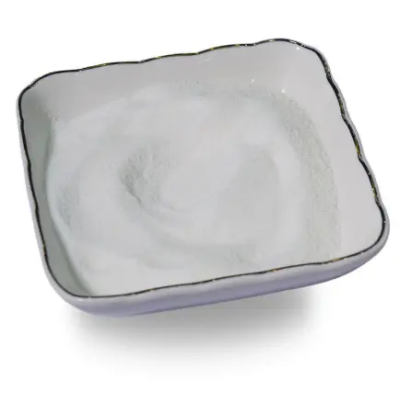
(R)-2-(Benzyloxy)propanoicacid CAS:100836-85-9
(R)-2-(Benzyloxy)propanoic acid is a chemical compound with the molecular formula C10H12O3. It consists of a propanoic acid moiety substituted with a benzyloxy group at the 2-position, forming a chiral molecule with potential pharmaceutical applications. This compound is utilized in organic synthesis, medicinal chemistry, and drug development due to its unique structure and stereochemical properties. The presence of the chiral center enables the synthesis of enantiomerically pure compounds, making it valuable for the creation of pharmaceutical agents with enhanced efficacy and reduced off-target effects.
-

1-(1H-Indazol-4-yl)ethanamine CAS:1159511-31-5
cis-1-tert-Butyl 3-methyl 6-methylpiperidine-1,3-dicarboxylate is a chemical compound with the molecular formula C16H27NO4. It features a piperidine ring substituted with tert-butyl and methyl groups at the 1- and 3- positions, respectively, and two carboxylate groups at the 1,3-positions. This compound is utilized in organic synthesis, pharmaceutical research, and drug development due to its unique structure and potential applications. Its structural characteristics make it a valuable intermediate for creating novel molecules with diverse pharmacological activities.
-
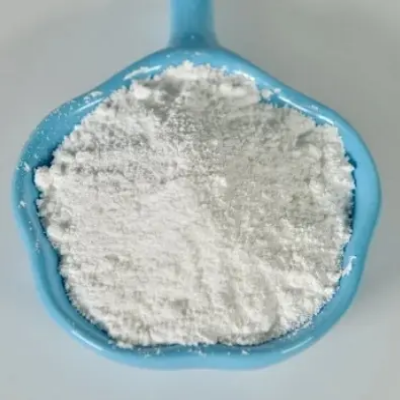
cis-6-Methyl-piperidine-3-carboxylic acid hydrochloride CAS:110287-79-1
cis-6-Methylpiperidine-3-carboxylic acid hydrochloride is a chemical compound with the molecular formula C7H14ClNO2. It consists of a piperidine ring substituted with a methyl group and a carboxylic acid functionality at the 6- and 3- positions, respectively, with a hydrochloride salt form. This compound is utilized as an intermediate in organic synthesis, pharmaceutical research, and drug development due to its unique structure and potential applications. Its functional groups allow for diverse chemical transformations, making it a valuable building block for creating complex molecules with varied biological activities.
-

cis-1-tert-Butyl 3-methyl 6-methylpiperidine-1,3-dicarboxylate CAS:1009376-76-4
cis-1-tert-Butyl 3-methyl 6-methylpiperidine-1,3-dicarboxylate is a chemical compound with the molecular formula C16H27NO4. It features a piperidine ring substituted with tert-butyl and methyl groups at the 1- and 3- positions, respectively, and two carboxylate groups at the 1,3-positions. This compound is utilized in organic synthesis, pharmaceutical research, and drug development due to its unique structure and potential applications. Its structural characteristics make it a valuable intermediate for creating novel molecules with diverse pharmacological activities.
-
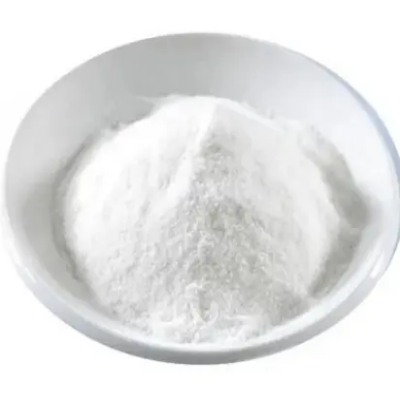
tert-Butyl ((1S,2S)-2-(hydroxymethyl)cyclopropyl)carbamate CAS:177472-60-5
Tert-Butyl ((1S,2S)-2-(hydroxymethyl)cyclopropyl)carbamate is a chemical compound with the molecular formula C10H19NO3. It features a cyclopropyl ring substituted with a hydroxymethyl group and a carbamate moiety, with a tert-butyl group attached to the nitrogen atom. This compound is utilized in organic synthesis, medicinal chemistry, and drug discovery due to its unique stereochemical arrangement and potential biological activities. Its structural motifs make it a valuable building block for creating complex molecules with diverse properties and applications.

